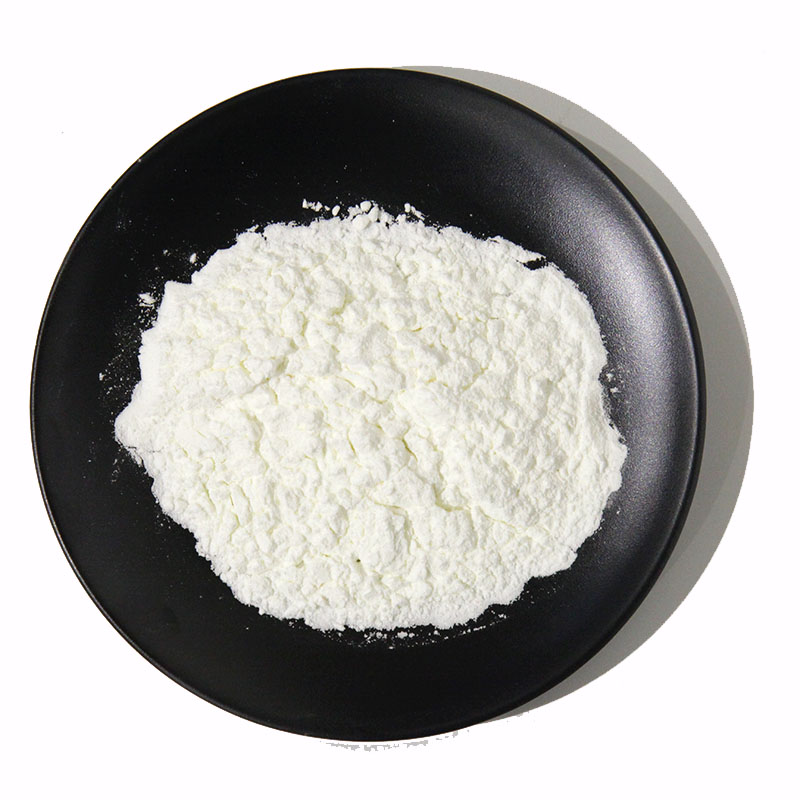Thank you for visiting nature.com. You are using a browser version with limited support for CSS. To obtain the best experience, we recommend you use a more up to date browser (or turn off compatibility mode in Internet Explorer). In the meantime, to ensure continued support, we are displaying the site without styles and JavaScript.
Emiliano Cortés is at Nano Institute Munich, Faculty of Physics, Ludwig-Maximilians University of Munich, Munich 80539, Germany. Veterinary Animal

You can also search for this author in PubMed Google Scholar
Future sustainable industrial processes for synthesizing chemicals should avoid burning fossil fuels, produce no carbon emissions and be cheaper than current processes — industry will not adopt sustainable processes that are more costly than existing ones. Writing in Science, Yuan et al.1 report that a plasmonic catalyst — a type of light-activated catalyst — based on abundantly available copper and iron can be used to produce hydrogen gas, a green fuel, from ammonia (NH3). This light-powered process generates hydrogen as efficiently as does a widely used heat-driven catalyst based on ruthenium, a much scarcer element. The findings reveal opportunities for plasmonic catalysts in sustainable industrial processes, and might help to establish the wide-scale use of light to power chemical reactions. Moreover, it suggests that catalysts based on Earth-abundant elements might finally emerge for use in a broad range of industrial applications.
Get full journal access for 1 year
All prices are NET prices. VAT will be added later in the checkout. Tax calculation will be finalised during checkout.
Get time limited or full article access on ReadCube.
All prices are NET prices.
doi: https://doi.org/10.1038/d41586-023-00239-2
Yuan, Y. et al.Science 378, 889–893 (2022).
Yin, F., Xu, B. Q., Zhou, X. P. & Au, C. T. Appl. Catal. A 277, 1–9 (2004).
Boisen, A., Dahl, S., Nørskov, JK & Christensen, CHJ Catal.230, 309–312 (2005).
Camargo, P. H. C. & Cortés, E. (eds) Plasmonic Catalysis: From Fundamentals to Applications (Wiley, 2021).
Zhou, L. et al. Science 362, 69–72 (2018).
Frischkorn, C. & Wolf, M. Chem. Rev. 106, 4207–4233 (2006).
Bonn, M. et al. Science 285, 1042–1045 (1999).
Yin, S. F., Xu, B. Q., Wang, S. J., Ng, C. F. & Au, C. T. Catal. Lett. 96, 113–116 (2004).
Dubi, Y. & Sivan, Y. Light Sci. Appl. 8, 89 (2019).
Schroeder, E. & Christopher, P. ACS Energy Lett. 7, 880–884 (2022).
The author declares no competing interests.
Read the paper: Earth-abundant photocatalyst for H2 generation from NH3 with light-emitting diode illumination
A practical method for splitting seawater into hydrogen fuel
Charge transfer observed in light-activated catalyst particles
See all News & Views
Enantioselective Transition-Metal Catalysis via an Anion-Binding Approach
Water splitting with silicon p–i–n superlattices suspended in solution
Copper-studded catalyst turns pollutant into potent fuel
A ligand insertion mechanism for cooperative NH3 capture in metal–organic frameworks
A molecular flip-flop for separating heavy water
Separating water isotopologues using diffusion-regulatory porous materials
Farmed salmon and chicken have a global footprint — but the burden is concentrated
Integrate strategies to save biodiversity and groundwater
Global food security: pool collective intelligence
UiT The Arctic University of Norway
University of Tübingen (Uni Tübingen)
Read the paper: Earth-abundant photocatalyst for H2 generation from NH3 with light-emitting diode illumination
A practical method for splitting seawater into hydrogen fuel
Charge transfer observed in light-activated catalyst particles
See all News & Views
An essential round-up of science news, opinion and analysis, delivered to your inbox every weekday.
Sign up for the Nature Briefing newsletter — what matters in science, free to your inbox daily.

Finasteride Powder Nature (Nature) ISSN 1476-4687 (online) ISSN 0028-0836 (print)